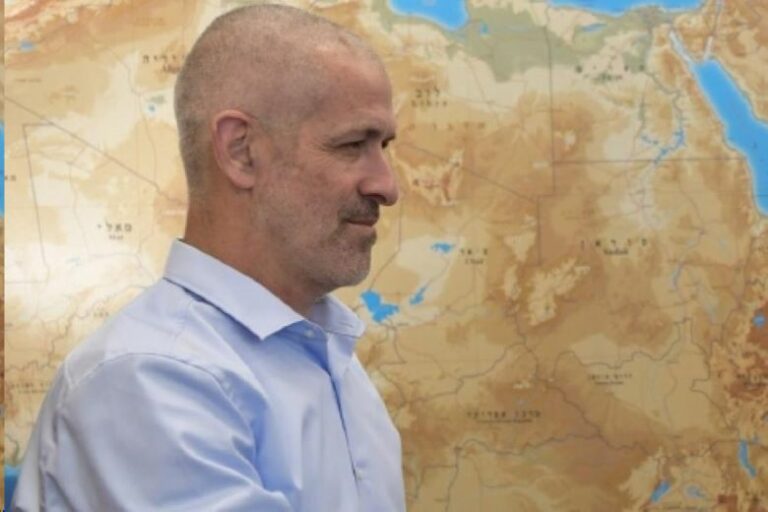 Some answers to common questions about Medicaid and the program’s expansion under the federal health care reform law:
Some answers to common questions about Medicaid and the program’s expansion under the federal health care reform law:
___
WHAT IS MEDICAID AND HOW LONG HAS IT BEEN AROUND?
Medicaid is a federal-state health care program for low-income and disabled people, including nursing home residents. This year, Medicaid is expected to cover about 69 million people, more than any other government health care program, including Medicare. On average, the federal government pays about 60 percent of the program’s costs, but that share varies by state. Medicaid was created in 1965, at the same time as Medicare, a similar program for older Americans.
___
HOW DID EXPANSION UNDER THE AFFORDABLE CARE ACT CHANGE MEDICAID?
A key component of the federal health care reform passed in 2010 was an expansion of existing Medicaid to include all non-disabled adults under the age of 65 with incomes at or below 138 percent of the federal poverty level, which is currently $16,243 for an individual. After the U.S. Supreme Court ruled that states could not be compelled to expand Medicaid, a number of states did not. Currently, 30 states and the District of Columbia have adopted the Medicaid expansion. A recent federal report estimates an average of 5.7 million “newly eligible” adults were covered in 2014, a number that will increase to about 12 million in 2023.
___
WHY ARE ENROLLMENTS AND COSTS DIFFICULT TO PREDICT?
In a recent report, economic experts at the U.S. Department of Health and Human Services said their estimates of enrollments and per-person costs for 2014 are higher than earlier projections. But they expect those trends to level off and even decline over the long run. Matt Salo, executive director of the National Association of Medicaid Directors, calls the projections “an imperfect science,” adding: “If you are going to do a big expansion, you should probably expect that more people will show up than you thought, and the people who show up will be perhaps … sicker, more complex than you would have thought.”
___
HOW IS MEDICAID FUNDED, AND DO ANY OF THE RECIPIENTS PAY ANYTHING IN TERMS OF PREMIUMS OR COPAYS?
States are allowed to charge premiums and modest copayments for some groups of Medicaid recipients, but that is fairly limited.
___
DO RELATIVELY LOW REIMBURSEMENTS TO DOCTORS AFFECT ACCESS TO CARE FOR MEDICAID RECIPIENTS?
Some private-practice doctors do not accept Medicaid. Many Medicaid recipients are in private, managed-care plans designed specifically to serve them. Hospitals — particularly children’s hospitals — rely on Medicaid for a substantial portion of their budgets. While Medicaid beneficiaries may not have access to some doctors, options remain available for the medical care they need.
___
COULD THE 90 PERCENT FEDERAL COST-SHARE BE REDUCED WITH A REPUBLICAN PRESIDENT?
Under the 2010 federal health care law, the federal government was required to pay 100 percent of costs for the expanded Medicaid program through 2016. Beginning in 2017, states will begin paying a portion that will increase to no more than 10 percent of costs by 2020. Changing the 90 percent federal share would take an act of Congress and a president’s signature because the law itself would have to be changed. Any president could seek to amend the law for any reason, but he or she would need the approval of Congress.
___
WHAT CHANGES TO THE PROGRAM ARE IN THE WORKS AT THE STATE OR FEDERAL LEVEL?
At the moment, states are the main drivers of changes to Medicaid. It is a constant process, and the higher-than-anticipated enrollments and costs under the expansion could prompt some expansion states to consider changes. For instance, lawmakers in Ohio are seeking federal approval for a plan that would require about 1 million low-income residents to pay a new monthly cost for Medicaid coverage or potentially lose it. Higher-than-expected enrollment has pushed the state’s projected 2017 costs from $55.5 million to $130 million.
(AP)










